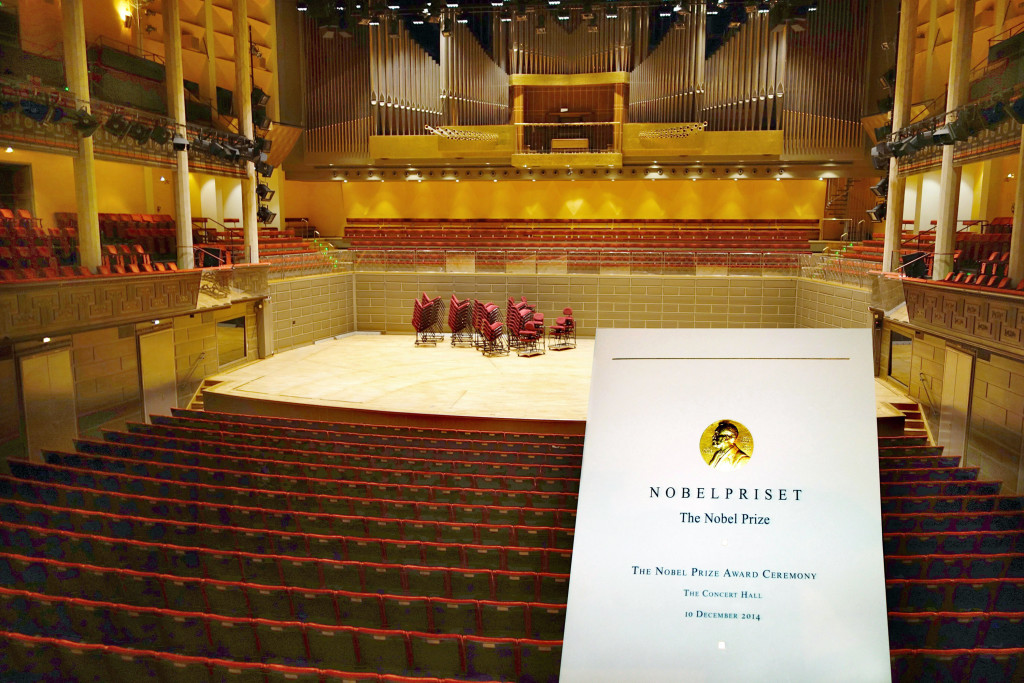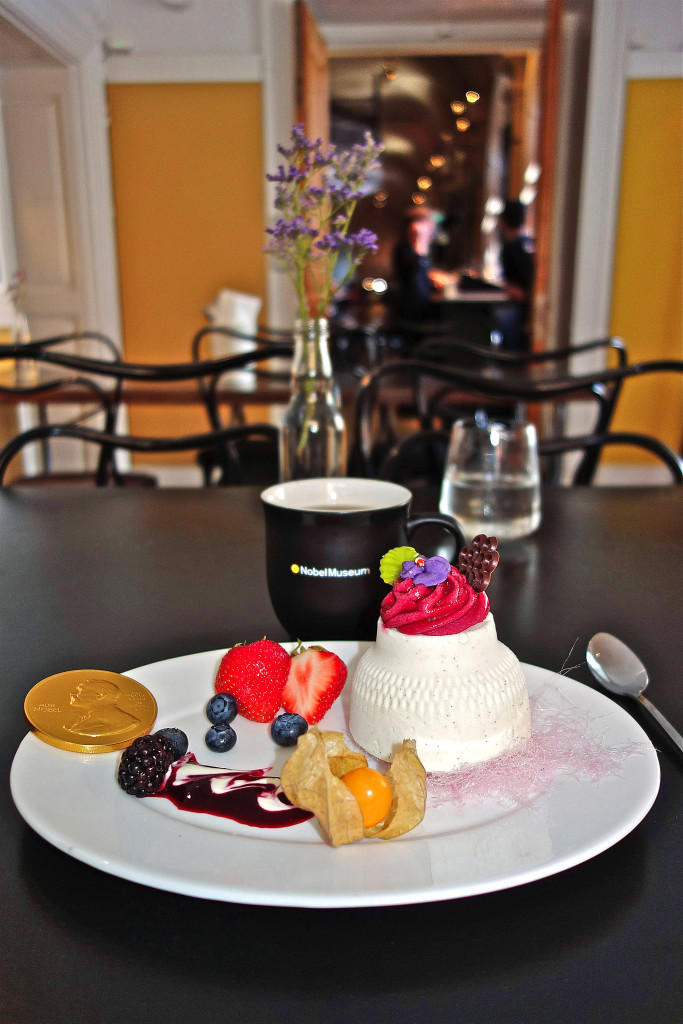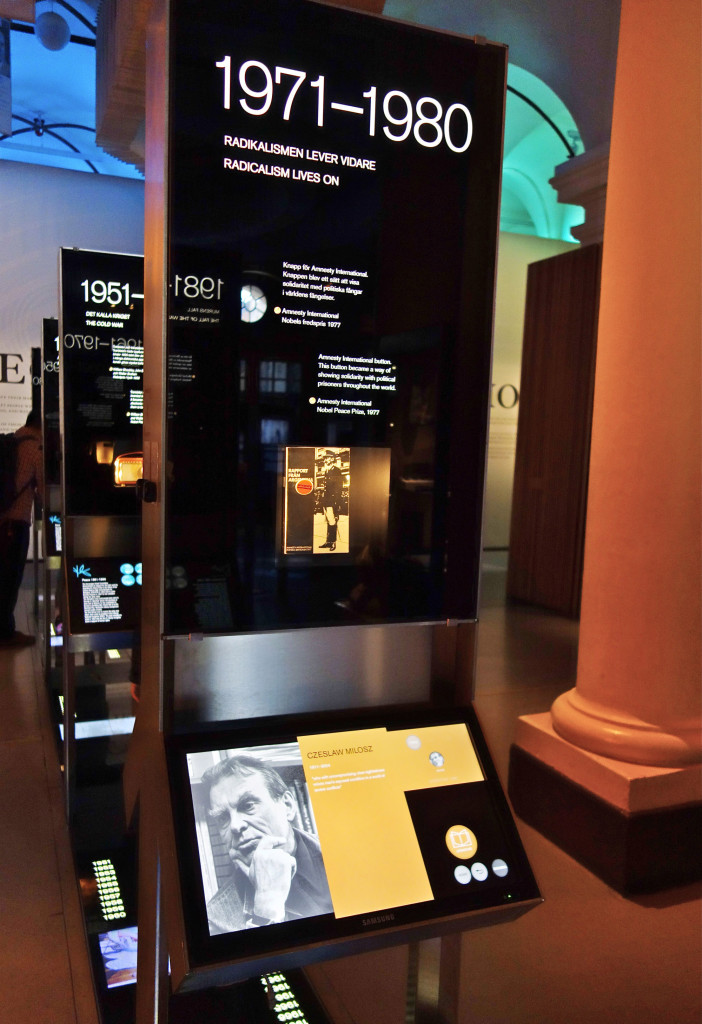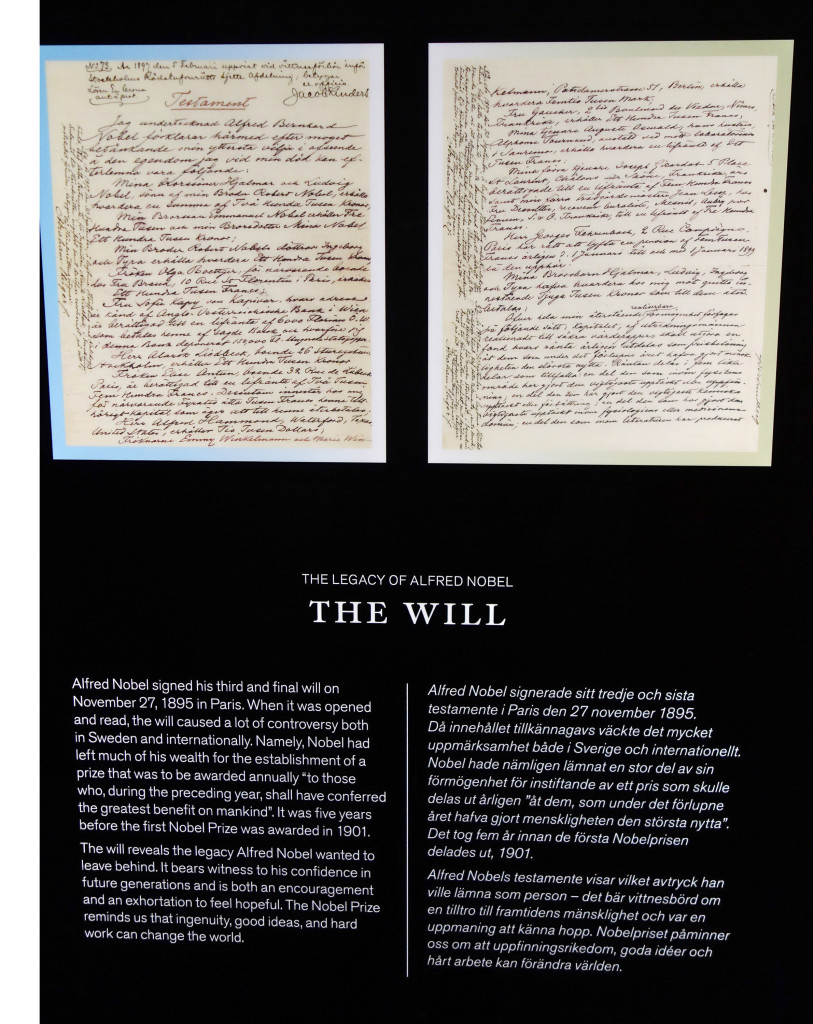“The last time we saw Wisława Szymborska”: Poet Anna Frajlich remembers an ambulance, a corkscrew, and collages at Christmas
Saturday, December 12th, 2020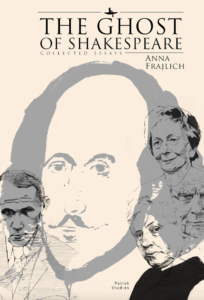 We’ve written about award-winning Polish poet and writer Anna Frajlich. Now she has a brand new book out with Academic Studies Press. The Ghost of Shakespeare, edited by Ronald Meyer and translated by Timothy D. Willliams, takes its name from her essay on Nobel Prize laureate Wisława Szymborska, but also considers other major Polish writers of the twentieth century – Zbigniew Herbert, Czesław Miłosz, and Bruno Schulz among them. The book includes her memories of her exile from Poland in 1969, her subsequent life in New York City, and her American career as a scholar and leading Polish poet of her generation ever since.
We’ve written about award-winning Polish poet and writer Anna Frajlich. Now she has a brand new book out with Academic Studies Press. The Ghost of Shakespeare, edited by Ronald Meyer and translated by Timothy D. Willliams, takes its name from her essay on Nobel Prize laureate Wisława Szymborska, but also considers other major Polish writers of the twentieth century – Zbigniew Herbert, Czesław Miłosz, and Bruno Schulz among them. The book includes her memories of her exile from Poland in 1969, her subsequent life in New York City, and her American career as a scholar and leading Polish poet of her generation ever since.
Below, her recollection of her last memories of Szymborska, on November 22, 2011. “I would surely have forgotten the date if it were not for Skype, which keeps a precise record,” she said. She listened to the voicemail recording of the Nobel poet’s secretary Michał Rusinek, her secretary, or “First Secretary” as she called him, but Szymborska picked up the phone as she was recording a message. She continues:
The matter about which I was calling was rather absurd. The previous May we had been over to her place for dinner. For years, whenever we visited Kraków, she would invite us for dinner, always with some interesting company. It was an exceptionally merry evening; Wisława served us herself, leaving the men the task of uncorking the wine. During one such endeavor the corkscrew broke, and they were forced to somehow get the cork out without it. So when we got back to Warsaw, my husband and I bought a corkscrew, wrapped it in bubble wrap and sent it to Kraków. In the second half of November the corkscrew arrived in New York with the note “Return to Sender. Unclaimed.” That was the reason for my call. And that was our last conversation.
After a quick greeting, she said she had to go, because an ambulance was coming; I believe she called it an “R,” using the old twentieth-century term, but I can’t be sure on that point. She told me what had happened, but I’ve since forgotten. I even heard the ring of her buzzer, at which point we said our goodbyes.
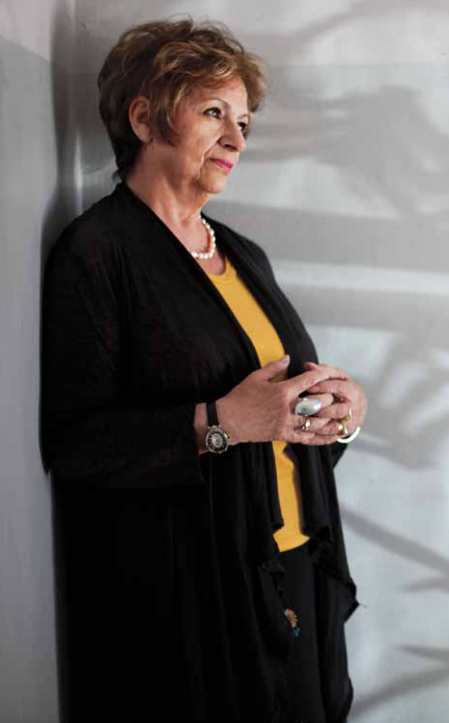
Anna remembers a lifetime in letters…
In early 1996, I managed for the first time to work up the courage to write to her from New York. The Manhattan Theatre Club, knowing that she was on the short list for the Nobel Prize, proposed that I prepare an evening of Szymborska’s poetry, including narration to be read by me with the poems. A few months later, I received a moving letter, dated April 20, 1996:
Dear, Sweet Pani Anna! Thank you for this program and especially for your narration, which moved me enormously Instead of writing your own poems, you devote your energy to other people’s. But at the same time, you have demonstrated that my poems are not “other” to you, and for that reason I feel overjoyed, like the recipient of the most lavish present imaginable. I have one question, though: when did Polityka publish an accolade of “The Joy of Writing”?—I knew nothing of this and only learned about it from you.
The letter ends with a warm invitation, “because our next meeting shouldn’t be by chance, should it?”
A few months later Wisława Szymborska was awarded the Nobel Prize. …
We were guests in Wisława’s home for the first time three years later. It was an unforgettable evening: the other guests were fascinating, the food served by the poet herself was tasty, and we had the traditional Szymborska raffle, conversations and laughter. The guests included Dorota Terakowska, her husband Maciej Szumowski, Stanisław Balbus, Leszek Szaruga. Wisława suggested she and I switch to the informal form of address, “ty,” and told my husband she would follow suit with him the next time we met. When the next time came, she was surprised to still be on formal terms with him; she opened the cognac we’d brought, and we finalized the matter.
Even before that, I had begun to receive her magnificent, sparkling collages at Christmas time. From then on, Wisława always found time for us when we came to Kraków. She attended my readings, a fact which elicited some amazement, since she was known for rarely being seen at such events. We now would mostly meet at her place, but then go out for lunch in a restaurant. She never let anybody treat her; instead, she would treat the two of us and a few other people as well.
I tried to talk Wisława into coming to the United States, where numerous institutions were interested in hosting her. In response I received a gentle refusal: “Aniu, do you really see me doing all that traveling? I would be like a one-legged woman in the States, mute, since I don’t know the language. I would live in a state of constant stress, starting before the trip, then during and after. So even though you are there, and a few other kind souls, I’m not coming” (February 3, 2005).

“The absurd is the most essential ingredient in reality.”
Two years later: “I still haven’t even gotten around to thanking you for the French book—how do you feel about the translation? And at the same time you’ve sent me a new surprise—your students’ essays about my Grandpa … Good God, could my dear old Granddad ever have imagined that he was going to be read by American college students? And by such gifted readers to boot? Life is truly strange, but of course you know that” (April 4, 2007).
Even in these fragments, we see Wisława Szymborska precisely as she was in life—direct, down-to-earth, immensely witty, thoughtful and warm, with an undeniably strong personality. In one of the miniature letters that she mostly wrote on the back of her famous collages, she noted: “Sometimes I think the absurd is the most essential ingredient in reality” (October 24, 2003). That belief comes across in many of her poems as well.
The last time we saw her was in May. She was cheerful, elegant, serving every course herself; she placed me next to her and ordered me to do something I was passionately fond of doing, so: I talked. This time, for some reason, we didn’t take any pictures. In the drawer of my desk I have a mirror that I won in the famous Szymborska raffle that night, and on my shelf, in its sealed envelope, lies the corkscrew.










 We’ve written about Berkeley poet
We’ve written about Berkeley poet CB: George Herbert,
CB: George Herbert, 